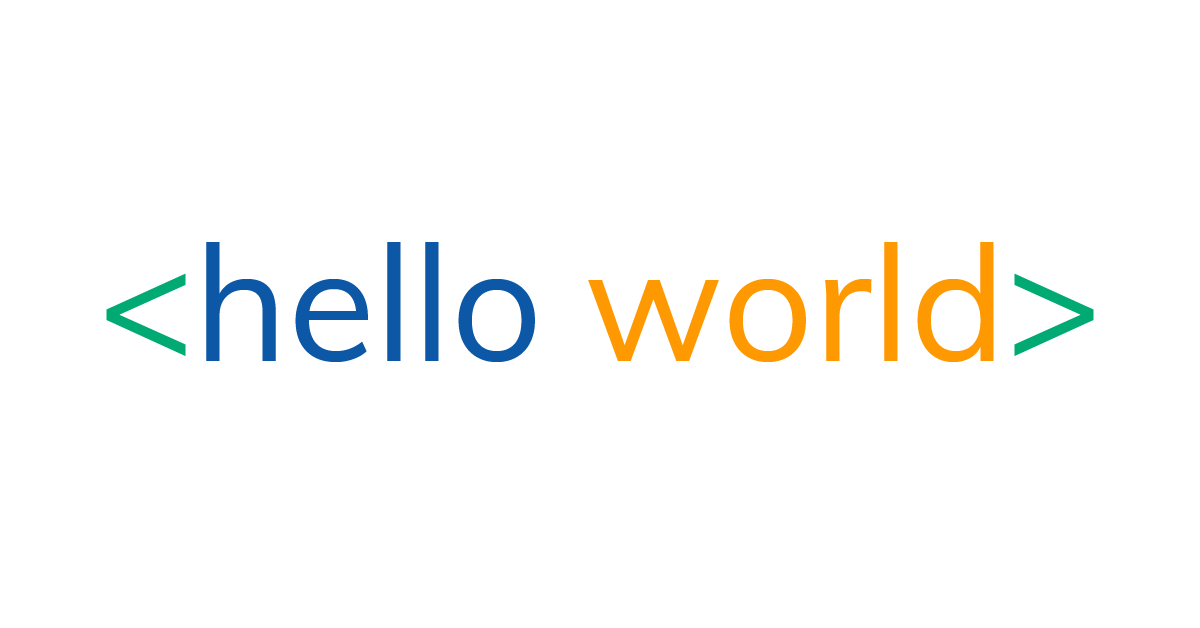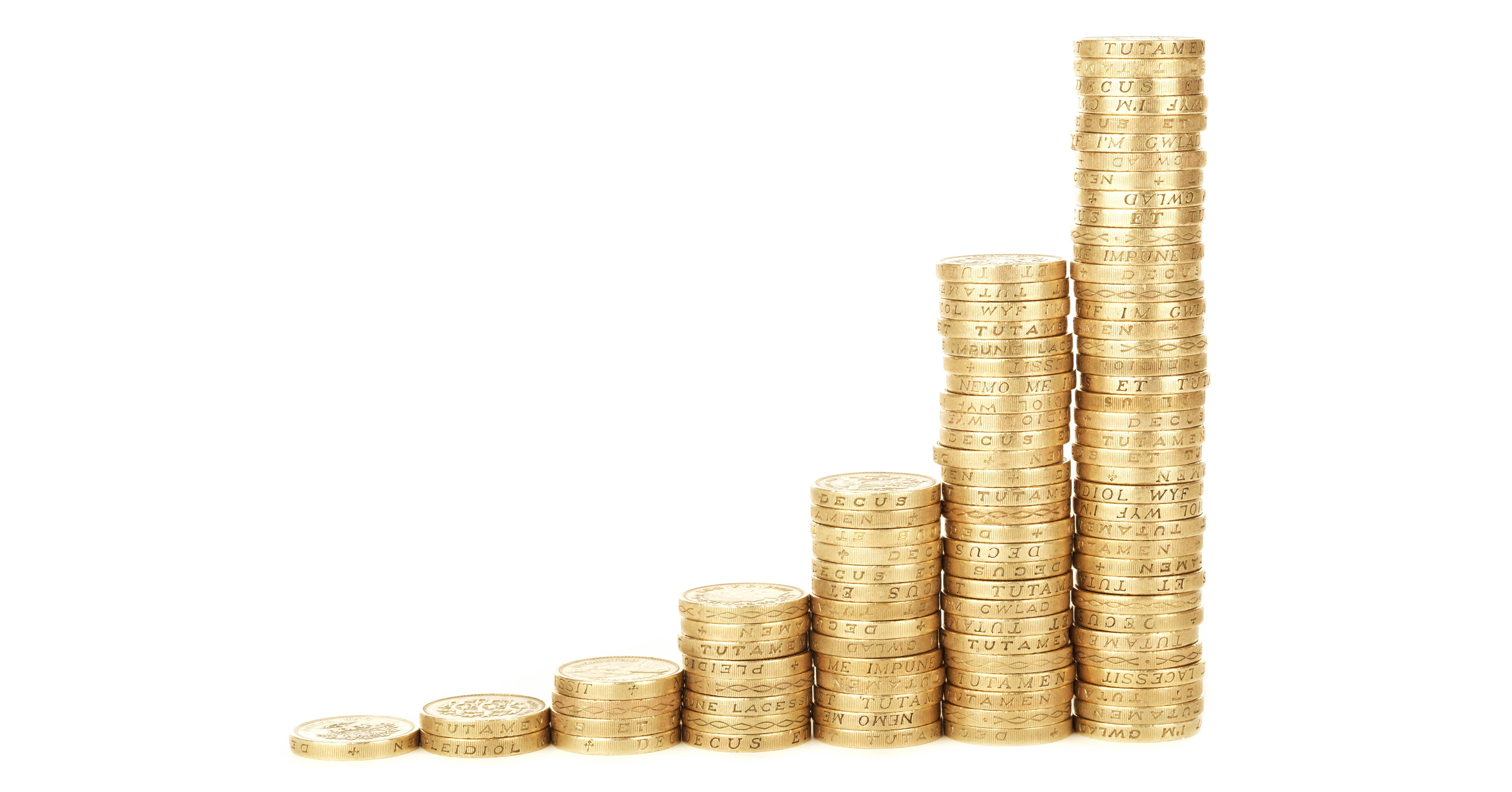How tax-advantaged accounts work
You’ve probably heard the term “tax-advantaged account” or maybe “tax sheltering” before, but what does it really mean and is it something you should be worried about?
Capital gains, dividends, and interest income
When you invest in a stock or a bond, you trade your cash for that investment. Those investments then provide you with a return in a few different ways. Stocks can increase in value creating capital gains, or they can pay out dividends to investors from company profits. For instance, if you bought a share of Tesla at $200 per share and the share price increased in value to $250, you would have generated $50 in capital gains. Or if you owned 100 shares of GE, and they paid shareholders a $1 dividend per share, you would have $100 dividend income. Bonds can also generate capital gains if they increase in value, and when they pay interest to the bondholder, they create interest income.
ETFs and mutual funds, which are typically collections of stocks and bonds, can also generate the same types of capital gains, dividend, and interest income.
It’s great when you have investments that pay you back right? But there’s one catch: Uncle Sam wants his share of the investment returns as well. Capital gains are taxed based on how long you held the investment and your income, qualified dividends are taxed based on your income, and non-qualified dividends and interest income are taxed at your marginal tax rate. Those taxes can be a real drag on your after-tax returns.
Wouldn’t it be nice to avoid them?
Tax-advantaged accounts
In the 1970s, the government recognized that it needed to do a little more to encourage folks to save for retirement, so it created incentives for people to save into certain types of accounts. A tax-advantaged account is one where, no matter how well your investments do, you don’t pay a dime in taxes on your returns.
IRAs are a good example of this. IRA stands for Individual Retirement Account, and they allow savers to deposit funds into that account to grow tax-free, without Uncle Sam taking a bite. So even if you bought Apple just when Steve Jobs rejoined and saw your investment grow 35,976%, you won’t pay capital gains tax on it. And even if you bought a 30 year treasury bond that paid out 7.9% each year in 1989, you won’t pay interest income tax on it.
That’s why accounts like IRAs are called tax-advantaged – they provide the tax advantage of not paying any taxes on capital gains, dividends, and interest. In other words, they shelter your money from Uncle Sam’s normal tax collection.
There are a handful of other accounts that also are tax-advantaged in addition to IRAs. 401(k)s, HSAs, 529 plans and a few others fit the bill. This post goes over the unique features of each in more detail.
Our goal at Farther is to help you navigate and seamlessly set up the accounts that are right for you and that best take advantage of government incentives to keep more of your money in your pocket, rather than in Uncle Sam’s.
Sources: Yahoo! Finance, St. Louis Fed
Taylor
Founder @ FartherTaylor thinks everyone should have access to great personal finance tools to get a little farther.

Why we're here

Why cash management

Time in the market, not timing the market
Stay up to date
Get the latest updates from the farther team.
Your future self thanks you for taking a step towards a more secure future!